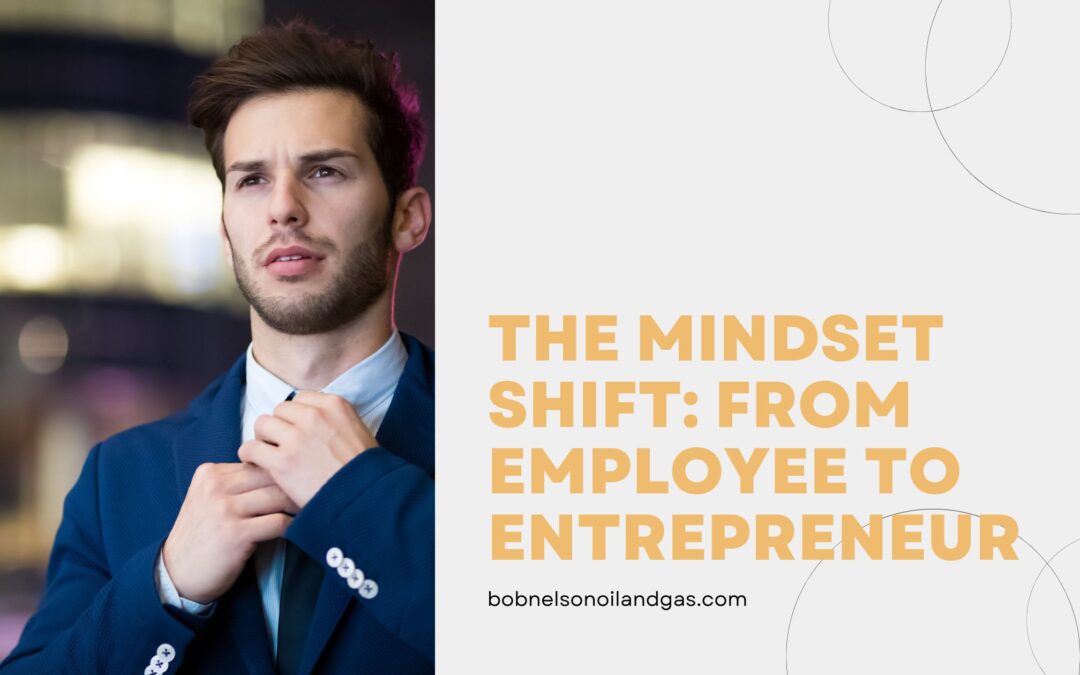Transitioning from being an employee to becoming an entrepreneur is more than a career change; it’s a fundamental shift in mindset. This transformation requires a new way of thinking about work, success, and risk. It’s a journey of self-discovery and empowerment, demanding courage, adaptability, and a willingness to embrace uncertainty.
Embracing Responsibility
One of the most significant changes is taking full responsibility for your outcomes. As an employee, you’re often working within predefined boundaries, with clear tasks and goals set by your employer. In contrast, entrepreneurs are entirely accountable for their business’s success or failure. There’s no boss to guide you or blame when things go wrong; you are the decision-maker, strategist, and executor.
This sense of ownership can be both liberating and daunting. It requires a proactive mindset, where you anticipate challenges, seek solutions, and constantly evaluate your performance. Entrepreneurs must shift from a reactive approach to a proactive one, driving their vision forward with determination.
Adopting a Growth Mindset
A critical part of the entrepreneurial mindset is adopting a growth mindset. Unlike employees who might focus on mastering specific tasks or skills within their roles, entrepreneurs need to embrace continuous learning and adaptability. Markets evolve, customer preferences shift, and competition intensifies. To thrive, entrepreneurs must stay curious, embrace change, and see failures as learning opportunities rather than setbacks.
For instance, launching a new product that doesn’t perform well isn’t the end—it’s a chance to gather feedback, analyze what went wrong, and improve. This iterative process is at the heart of entrepreneurial success.
Reframing Risk
Employees often prioritize stability and security, aiming for a steady paycheck and predictable career progression. Entrepreneurs, on the other hand, learn to embrace calculated risks. The fear of failure is replaced with a focus on potential rewards. Instead of asking, “What if it doesn’t work?” entrepreneurs ask, “What’s the worst that could happen, and how can I prepare for it?”
This shift involves reframing risk as an opportunity. Entrepreneurs understand that taking risks is essential for growth and innovation. The key is to evaluate risks thoughtfully, make informed decisions, and develop contingency plans.
Cultivating Resilience
Entrepreneurship is a rollercoaster ride. There will be highs of success and lows of setbacks. Unlike employees who may have a team or structure to rely on during tough times, entrepreneurs often face challenges on their own. Resilience becomes a critical trait, enabling them to bounce back, stay focused, and keep moving forward despite obstacles.
Cultivating resilience involves building a strong support system, maintaining a positive outlook, and practicing self-care. Entrepreneurs learn to celebrate small wins, stay motivated, and find inspiration even in challenging circumstances.
Thinking Big, Acting Small
Another essential shift is learning to think strategically while managing details. Entrepreneurs must have a clear vision for their business while staying grounded in day-to-day operations. Balancing long-term goals with short-term actions is key to turning ideas into reality.
Conclusion
The journey from employee to entrepreneur is not just about changing jobs; it’s about transforming your mindset. It’s a path filled with challenges, but also immense rewards—freedom, creativity, and the opportunity to create lasting impact. By embracing responsibility, adopting a growth mindset, reframing risk, cultivating resilience, and thinking strategically, anyone can make this leap and thrive as an entrepreneur.

